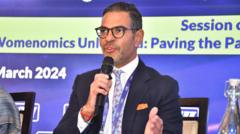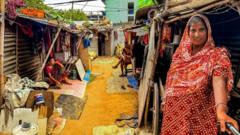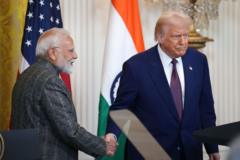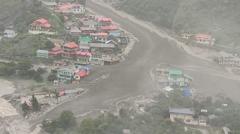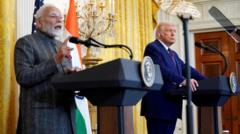The PL-480 initiative, intended to combat food shortages in India via U.S. grain purchases, funded a substantial collection of South Asian literature in American university libraries, particularly the University of Chicago. This article explores the impact of the program on academic resources, potential knowledge gaps it created, and the contrasting state of library preservation between India and the U.S.
The Unexpected Legacy of India’s Food Aid: Enriching American Libraries
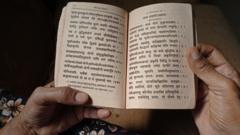
The Unexpected Legacy of India’s Food Aid: Enriching American Libraries
A historic food aid program inadvertently transformed U.S. university libraries into invaluable resources for South Asian studies.
In a remarkable intersection of food aid and academia, India’s participation in the PL-480 program, initiated in 1954 as part of U.S. Cold War diplomacy, has profoundly influenced the landscape of South Asian studies in American universities. Under this program, India was able to purchase U.S. grain using its local currency, which turned into an unexpected boon for U.S. library collections.
Historian Ananya Vajpeyi recalls that in 1996, her doctoral research at the University of Chicago’s Regenstein Library unveiled a treasure trove of over 800,000 volumes focusing on South Asia. The collection is not only significant for its size but also for its depth, making it one of the premier resources globally for studying the region. This abundance was largely made possible due to funds from the PL-480 program, allowing U.S. universities to procure essential literature, periodicals, and recorded media from India, thereby becoming centers for South Asian scholarship.
By the early 1960s, India was one of the primary beneficiaries of the PL-480 initiative during a time of severe food shortages. The funds collected from local currency transactions were funneled into buying South Asian literature, which notably enriched the collections of more than 30 American institutions, with the University of Chicago emerging as a key player.
However, the journey to curate these extensive collections was anything but simple. A dedicated team of 60 Indians was established in Delhi to facilitate the research and procurement of diverse literary works from India’s vast linguistic landscape. As it evolved, the program sought to focus primarily on research-level materials, gradually reducing its intake of general fiction to create a targeted academic resource.
Todd Michelson-Ambelang, a librarian specializing in South Asian studies at the University of Wisconsin–Madison, highlights the ramifications of this historical procurement process, suggesting that it may have deprived the Indian subcontinent of its literary heritage. Scholars from India often find themselves at a disadvantage, needing to travel to the West to access research materials that were once part of their home country's literary ecosystem.
Despite the benefits, the PL-480 program's conclusion in the 1980s marked the transition of financial responsibility onto American libraries for selection and acquisition processes. The University of Chicago now spends a hefty amount annually on sourcing books and materials, which raises questions about accessibility for researchers from South Asia.
While books collected under PL-480 are largely still available in the U.S., the preservation of such resources often falters in India due to environmental challenges, contrasting sharply with Western preservation practices. Despite these limitations, Vajpeyi reflects positively on her experiences in the U.S., where she experienced greater access to literature and scholarly resources compared to her native country, which suffers from neglect and loss of its own literary heritage.
This narrative about the transformation catalyzed by the PL-480 program serves to illuminate the broader implications of international aid initiatives—not just in meeting immediate needs but also in shaping cultural and educational landscapes across the globe.








